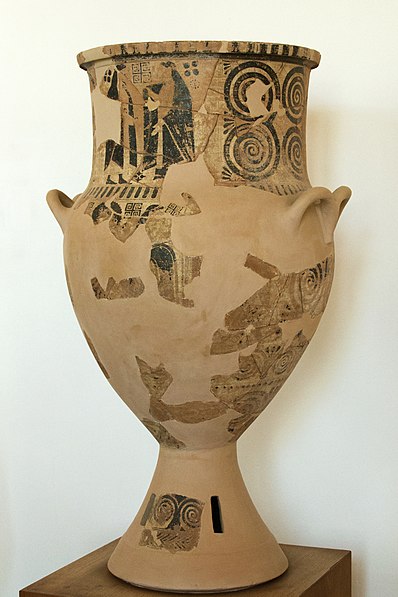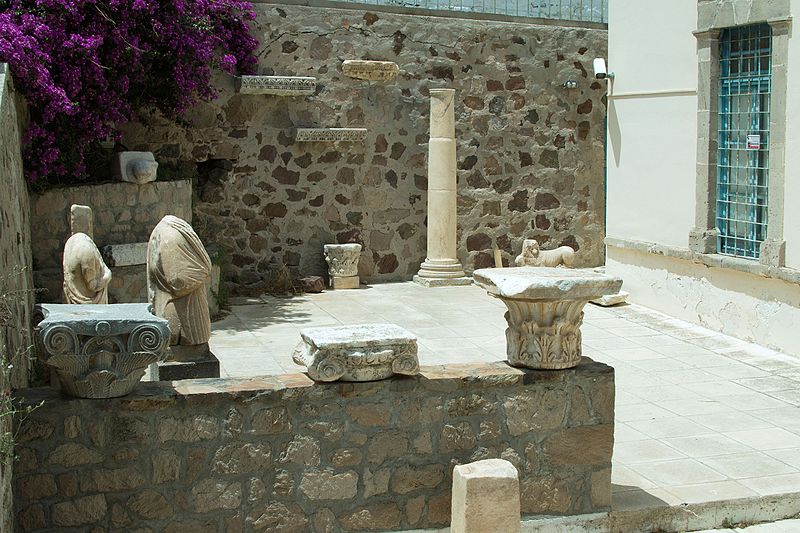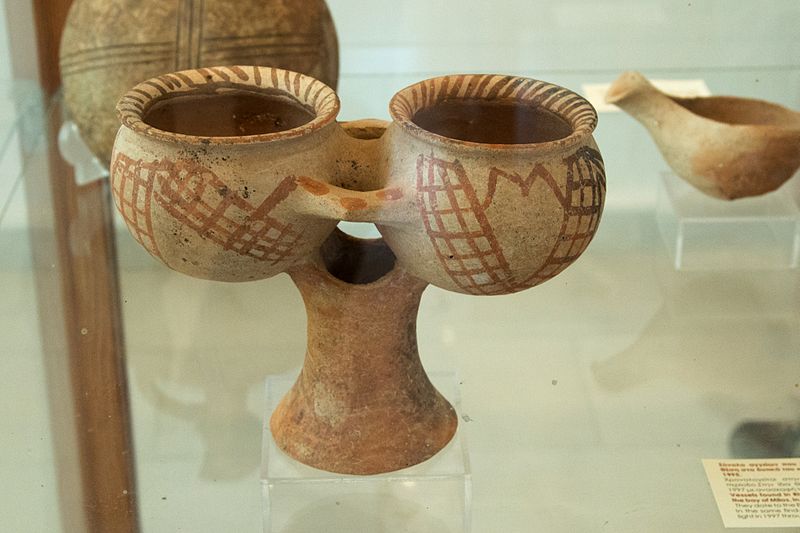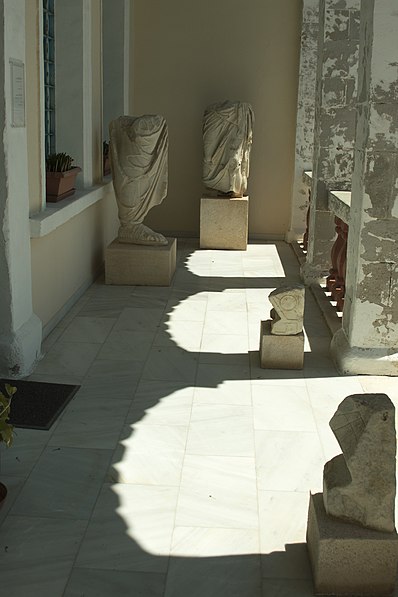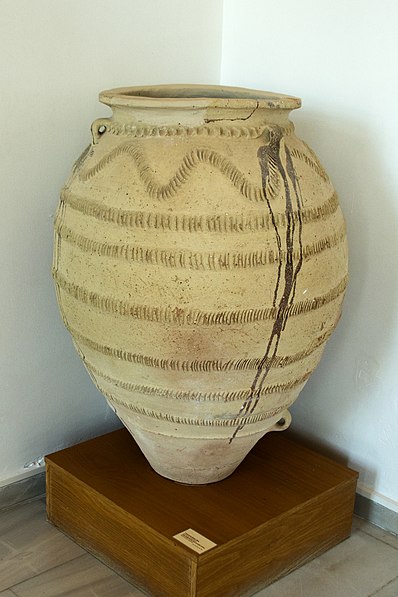Archaeological Museum of Milos, Milos
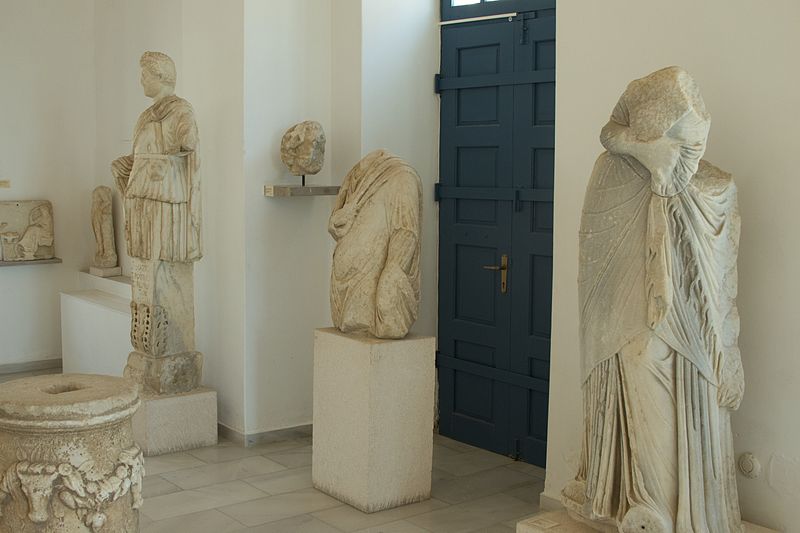
Facts and practical information
Nestled in the heart of the picturesque village of Plaka, on the island of Milos, Greece, the Archaeological Museum of Milos offers a tantalizing glimpse into the rich history and heritage of this Aegean gem. The museum, housed in a neoclassical building, is a treasure trove of artifacts that chronicle the island's past, from prehistoric times to the Roman era.
The Archaeological Museum of Milos is compact but impressively curated, featuring a range of exhibits that include pottery, tools, sculptures, and inscriptions. The museum's most famous exhibit is a replica of the Venus de Milo, the celebrated ancient Greek statue that was discovered on the island in 1820 and is now housed in the Louvre Museum in Paris. The original statue's discovery on Milos has forever linked the island to this iconic work of art.
Visitors to the museum will also find a fascinating collection of obsidian pieces, a volcanic glass that played a significant role in the island's early economic prosperity due to its use in making tools and weapons. The collection of early Cycladic art is another highlight, offering insight into the region's artistic evolution.
The museum is an ideal destination for history enthusiasts and casual tourists alike, providing an educational and enjoyable experience. Its location in Plaka allows visitors to combine their museum visit with a stroll through the charming village streets, enjoying the local architecture and perhaps a traditional Greek meal at one of the nearby tavernas.
Archaeological Museum of Milos – popular in the area (distance from the attraction)
Nearby attractions include: Catacombs, Archaeological Museum of Sifnos, Adamantas, Archaeological Collection of Agios Andreas on Sifnos.


